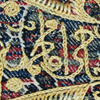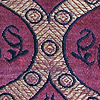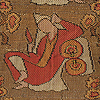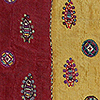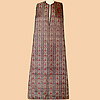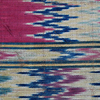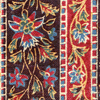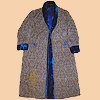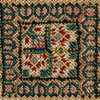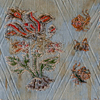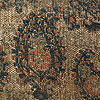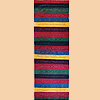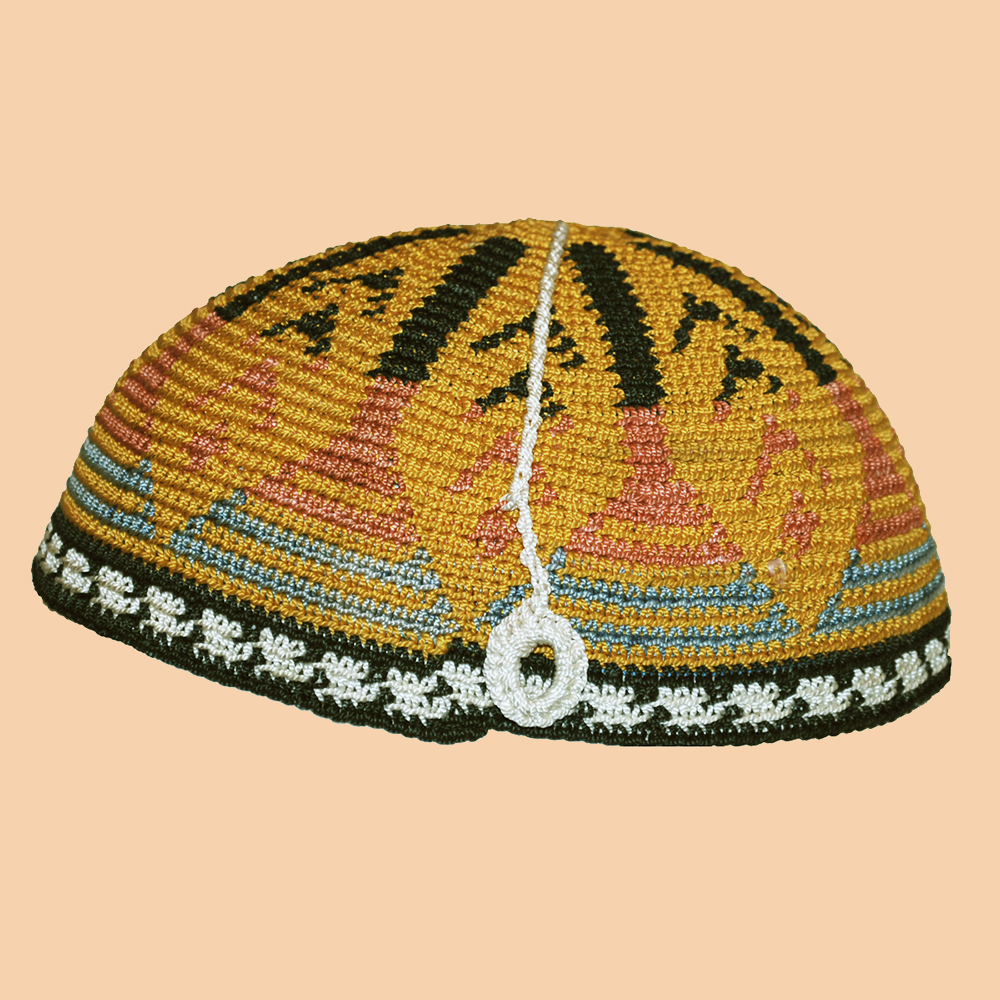Antique Persian Zoroastrian Embroidery

Making of Silk in Nature
In Iran, during the spring month of Ardibehest (late April), the process of spinning silk thread starts with silkworm breeders buying boxes of eggs of the silk moth, Bombyx mori (Latin for 'silkworm of the mulberry tree'). They place the eggs in a warm place or in an incubator to help speed the hatching of the eggs, a process that takes about ten days. The eggs will hatch into larvae called silkworms.
At the same time, mulberry trees will have grown new leaves which silkworm breeders buy to feed their silkworm larvae. in Iran, mulberry trees grow in Gilan, Mazandaran, Khorasan, Eastern Azarbaijan, Isfahan, Yazd and Kerman. Once the larvae hatch they eat the leaves of the mulberry continuously.
In Yazd, the town of Taft situated some 18 km southwest of Yazd city is a major silkworm breeding centre.
After the larvae (the silkworm) have moulted four times, that is when they are in the fifth instar, they loose their appetite and are ready to transform themselves into moths. To protect themselves while they are in a vulnerable almost motionless transformational pupa state, they enclose themselves in a protective cocoon enclosure. The cocoon is made out of silk thread, a continuous natural protein filament that they produce in their salivary glands and exude to form the filament.
The larvae's cocoon is built up from about 300 to 900 metres (1,000 to 3,000 feet) of silk filament. The filament is fine, lustrous, and about 10 micrometers (1/2,500th of an inch) in diameter. Each cocoon consists of about a kilometre of silk filament, and about 2,000 to 3,000 cocoons are required to make a pound of silk.
For the making of commercial silk thread, the cocoon's filament is unravelled. The filament from several cocoons are then passed over a pulley, wound together and spun into a thread. Two or three threads are in turn spun together to build a yarn and several strands of yarn can be spun further spun together to make a nett thread. Along the way, the yarn or thread is dyed if needed after which it is ready for weaving.

